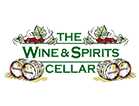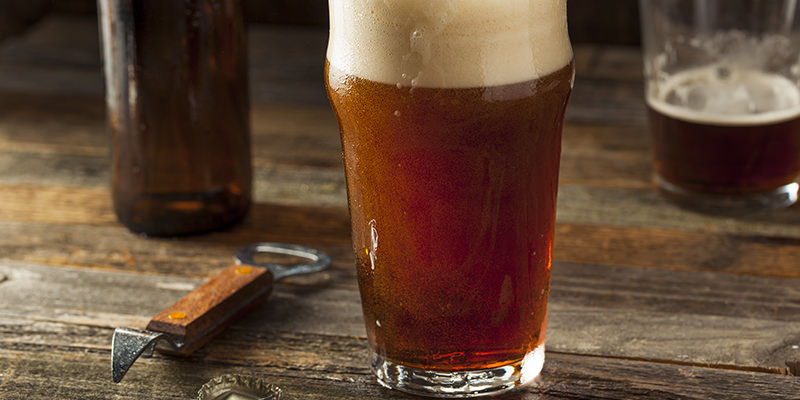The Wine and Spirits Cellar – The 18th Century Chemist
The 18th Century Chemist Who Discovered Oxygen and Changed Champagne and Beer Forever
“Champagne is just wine,” physicist Roberto Zenit said. “What makes it special is the carbonation.”
It’s true: We love our bubbles. In 2017, the world guzzled 544 million bottles ($913 million) of Prosecco. This totals up to $913 million. 307 million bottles ($5.6 billion) of Champagne. Also, approximately 550 billion bottles ($661 billion) of beer.
Although fermentation imparts some carbonation to beer and wine. A majority of bubbly beverages are force-carbonated to achieve a precise gas-to-liquid ratio. Their appeal is a scientific mystery. Like spicy foods, carbonation triggers pain receptors in the brain. This indicates we should turn away from such aggressive attacks on our palates. “But,” Zenit and Javier write, “humans appear to enjoy the mildly irritating effects.”
Priestley
We may not know why we love spritzy drinks so much. We at least know this. Our obsession with Spindrift, and the world’s thirst for bubbles is thanks to Priestley. He is an 18th-century genius-of-all-trades.
Priestly was a British chemist, theologian, educator, and author. He, along with authoring guides to electricity and grammar, and founded Unitarianism. Priestly pioneered the scientific study of “airs,” or gases. He is best known for discovering oxygen and inventing carbonated water.
Priestley lived near a brewery in Leeds where he conducted various experiments. He saw that water left above a beer vat acquired a flavor and texture similar to mineral spring water. He called this phenomenon “fixed air.” Though he did not know at the time, fermenting wort was releasing carbon dioxide into the water.
In 1772, Priestley published “Directions for Impregnating Water With Fixed Air,”. It illustrates how one might force “fixed air” (carbon dioxide) into the water. This creates effervescence (carbonation) that mimics mineral springs.
Priestley had no plans for commercializing his discovery of carbonation. Another scientist saw the spritzy liquid’s consumer appeal. His name was Johann Jacob Schweppe, and he founded the Schweppes Company in 1793.
Priestley, 18th-century chemist and theologist is for discovering oxygen and inventing soda water.
Of course, Priestly did not invent bubbles themselves. As early as the 18th century B.C., the “Hymn to Ninkasi” detailed the beer-making process. The earliest chemical evidence of beer was inside 2,500-year-old vessels in Iraq last year.
More History
As legend has it, a monk removed air from his Champagne bottles and tasted the re-fermented wine. He declared, “Come quickly brothers, I am drinking stars!” His name? Dom Perignon, was the very monk known for improving the méthode champenoise. As well as becoming the namesake of the eponymous Moët and Chandon tête de cuvée.
The world had to wait until 1838 for Cagniard de Latour to discover that yeast adds carbonation to beer. Until then, brewers and vintners considered fermentation an act of the gods.
But, man-made or magic, the pleasures of bubbles are as mysterious today as they were centuries ago. Sometimes the best things come out of thin air.

